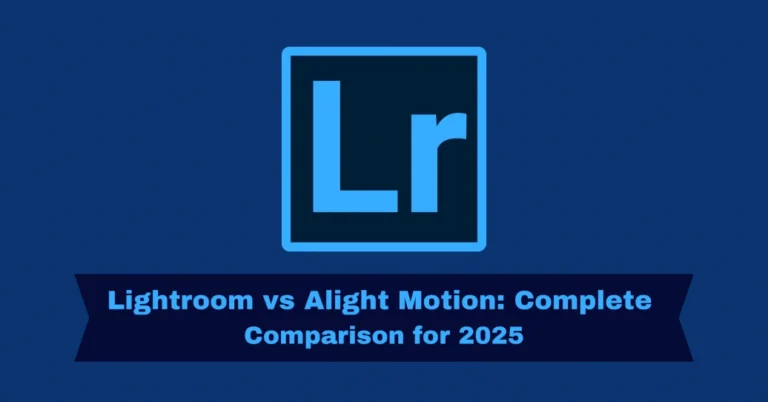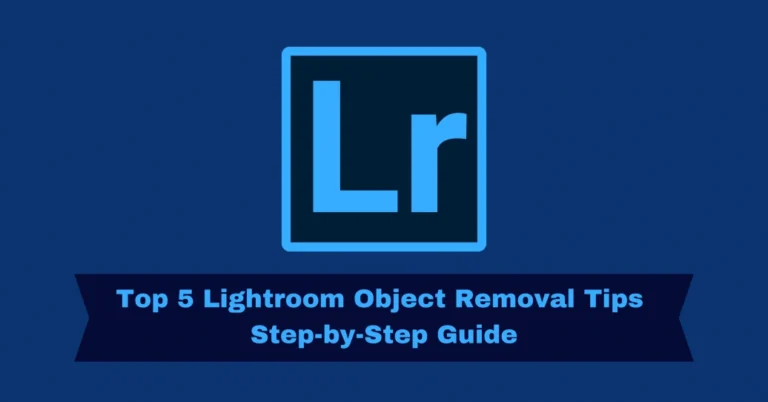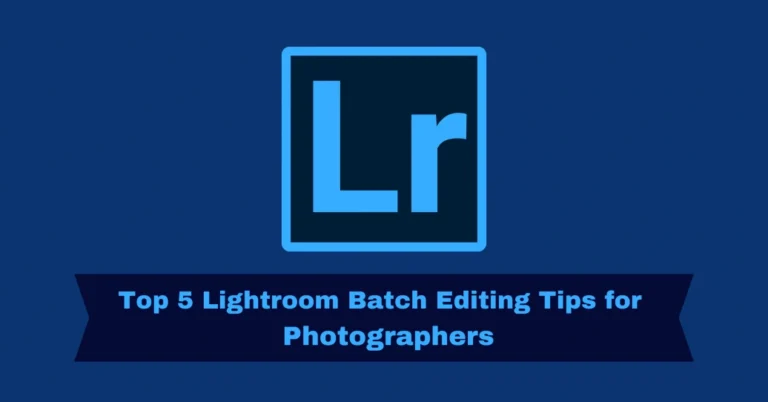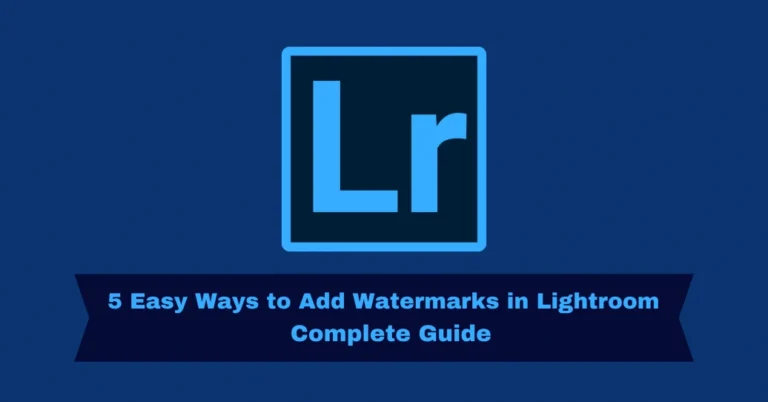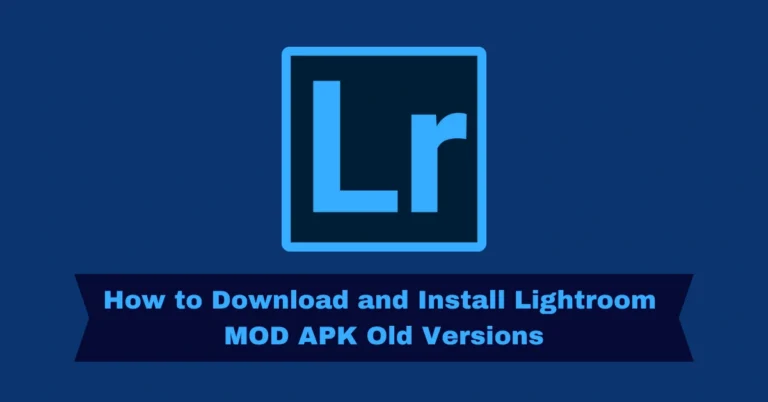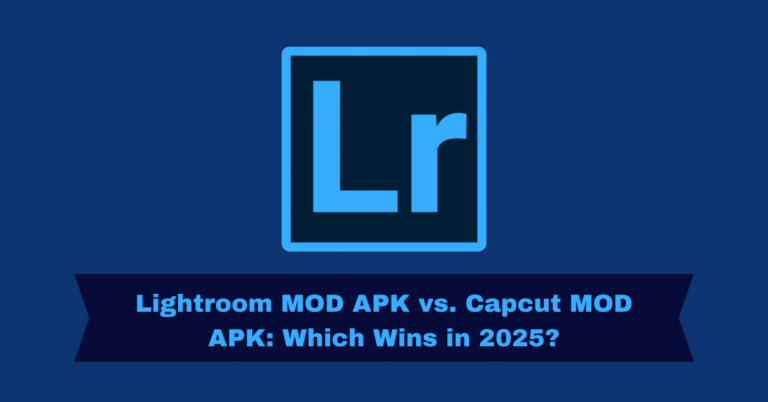5 Key Differences:Lightroom vs Affinity Photo Complete Guide
When it comes to photo editing, Lightroom Mod and Affinity Photo are two of the most popular tools on the market. Both offer unique features, but which one is better for your specific needs? This article will help you make an informed decision by comparing these two software programs based on their strengths, weaknesses, and ideal use cases.
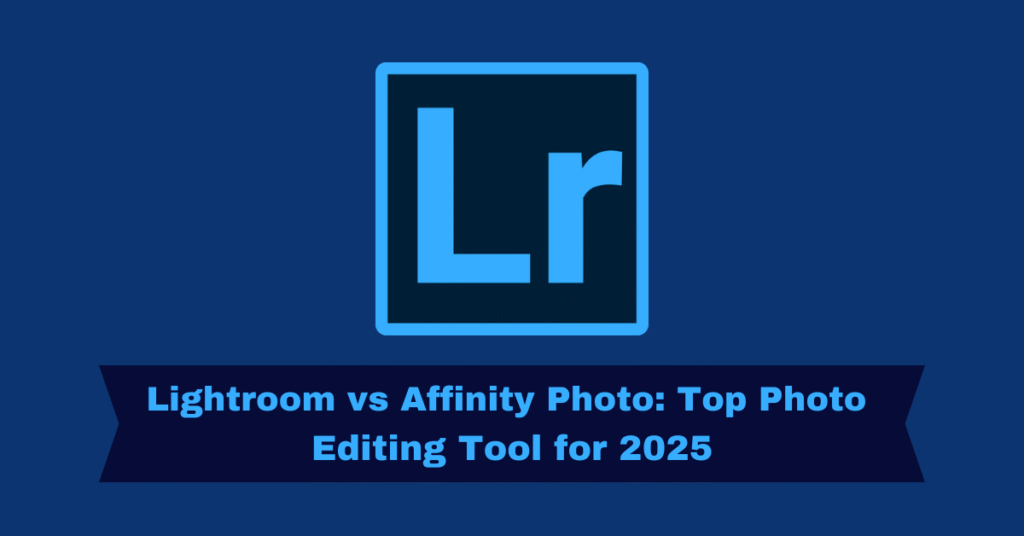
Why Choose Lightroom?
Lightroom, developed by Adobe, is a go-to solution for photographers needing both photo management and editing capabilities. Here are some key features:
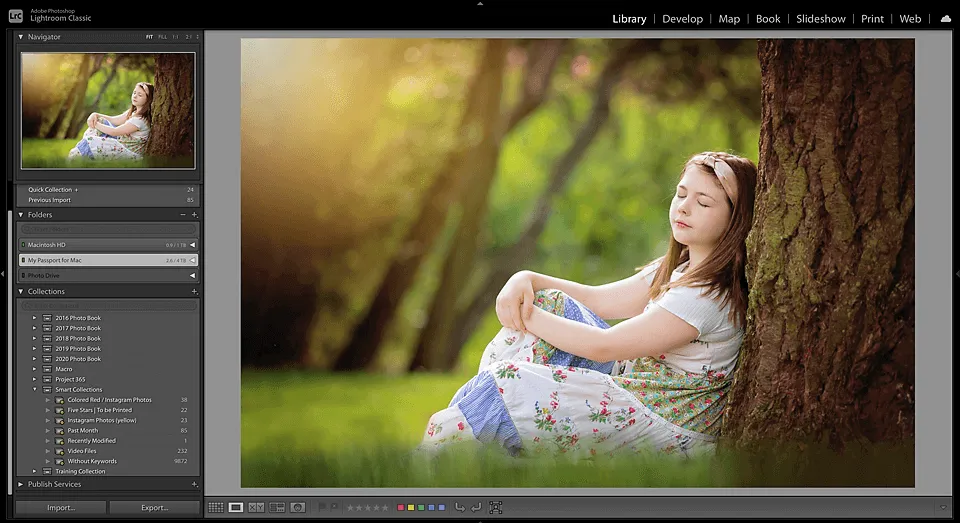
Advantages
Disadvantages
Why Choose Affinity Photo?
Affinity Photo, created by Serif, is tailored for those who require advanced photo editing. It excels in pixel-perfect precision and customization. Key features include:
Advantages
Disadvantages
Comparing Features: Lightroom vs. Affinity Photo
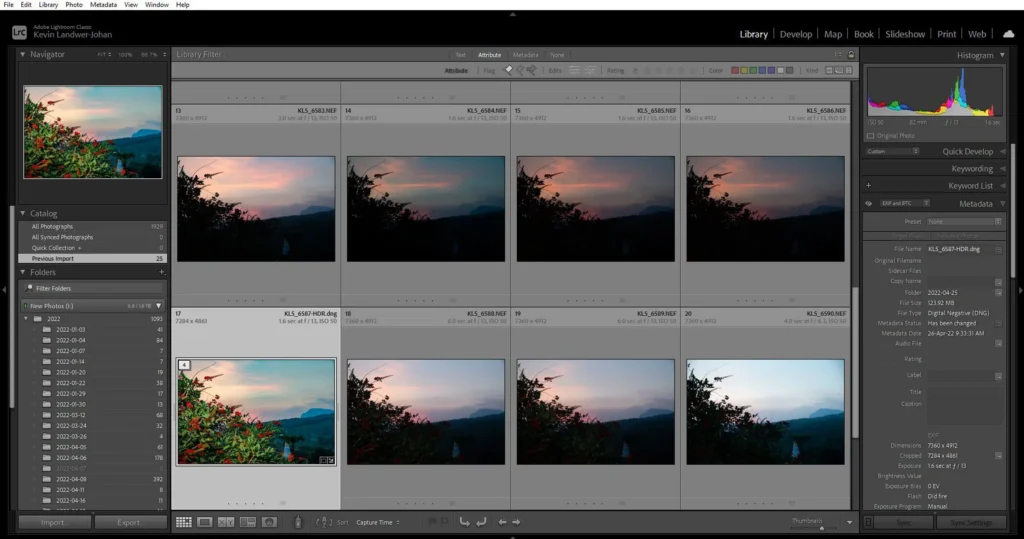
| Feature | Lightroom | Affinity Photo |
|---|---|---|
| Editing Style | Non-destructive editing | Both destructive and non-destructive with advanced layer control |
| Batch Editing | Seamless, ideal for high-volume workflows | Available, but less intuitive |
| AI Tools | Generative Remove, AI Lens Blur | Manual control with no AI-powered features |
| RAW Processing | Fast and professional-grade | Advanced RAW processing with HDR and lens correction |
| Presets | Extensive preset library | Customizable live filters, fewer presets |
| Layer Management | Minimal layer support | Advanced layers, masks, and blending options |
| Mobile Integration | Full mobile support with cloud syncing | Limited mobile app, no cloud syncing |
| Cost | Subscription-based | One-time purchase |
Performance and Speed
Lightroom: Known for its consistent performance with large photo libraries. While efficient with batch processing, it may slow down when dealing with large RAW files.
Affinity Photo: Performs excellently with complex edits and large files. It is particularly optimized for tasks like detailed layer work but may lag slightly during batch operations.
User Interface and Ease of Use
Lightroom: Its clean, streamlined interface is designed for ease of use, especially for beginners. The guided workflow helps photographers quickly get the hang of the editing process.
Affinity Photo: More complex and customizable, making it ideal for advanced users who need fine control over their workspace. However, its steeper learning curve can be challenging for beginners.
Cost Model
Lightroom: Operates on a subscription-based model starting at $9.99/month, which includes cloud syncing and regular updates.
Affinity Photo: A one-time purchase of approximately $50, making it a more affordable choice in the long run for those who don’t need frequent updates or cloud storage.
Which One Should You Choose?
Video Tutorial
Quick Navigation
| 5 Key Differences: Lightroom vs Darktable Features: Complete Guide | https://lightrm.pro/darktable/ |
| 5 Key Differences: Lightroom vs Snapseed Complete Guide | https://lightrm.pro/snapseed/ |
Frequently Asked Questions
Final Analysis
Both Lightroom and Affinity Photo have their unique strengths, but your choice will ultimately depend on your specific needs:
Lightroom is ideal for photographers who require efficient photo management, batch editing, and cloud integration.
Affinity Photo is better for advanced editors who need deep control over individual projects, prefer a one-time payment, and require powerful editing tools.

